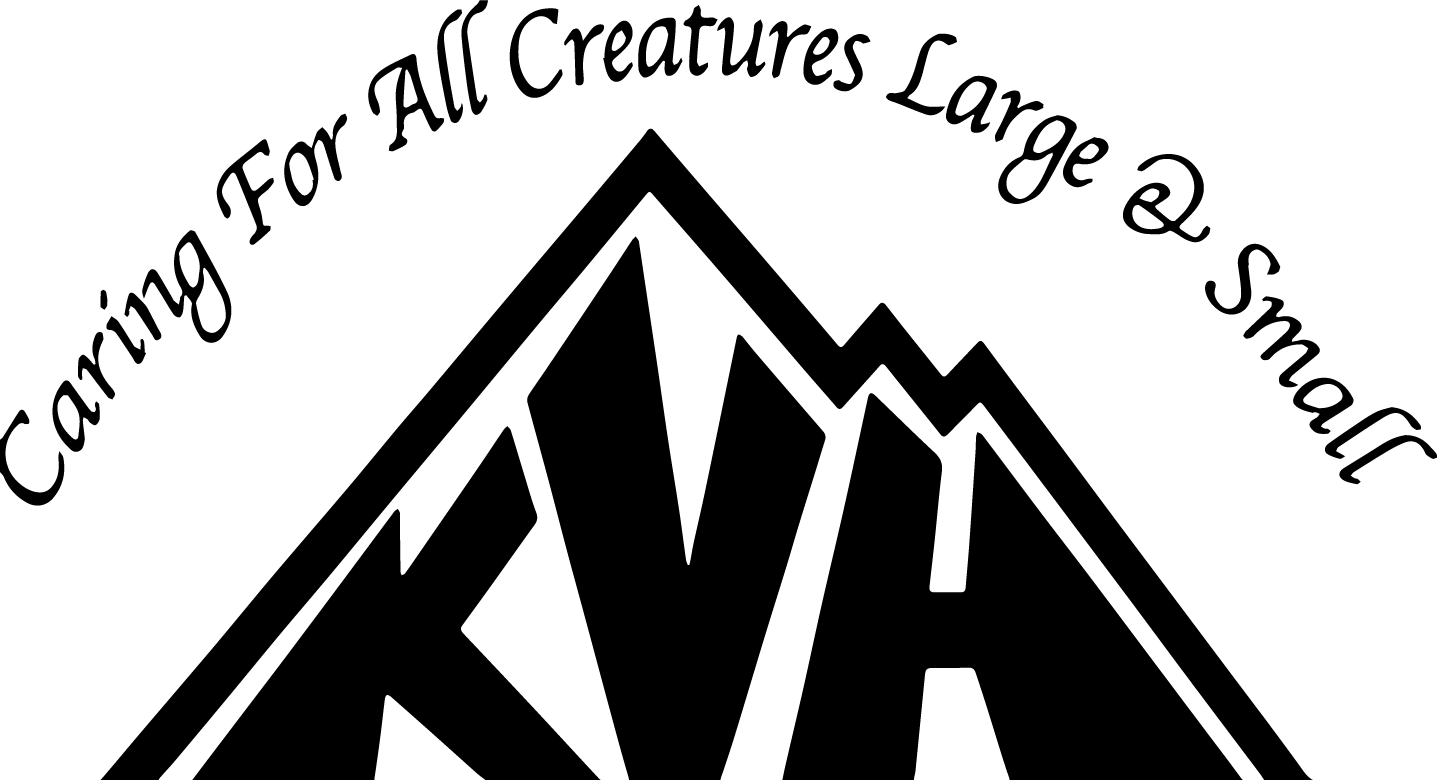by Dr. Gale DeJong, DVM
Handling and caring for the male goat is often poorly understood. Limited numbers of bucks are needed to service the goat herd. The intact buck is not a desirable pet goat. Also horns are a consideration as they can be a weapon used against people. Those taking goats to the fair for exhibition must have them dehorned and castrated to be admitted. So how do we accomplish these tasks?
Dehorning is best done when the kids are 1-3 weeks of age. The small horns can be removed much easier than later in life. Goats are unique in that the skull beneath the horn is quite thin. This requires a different approach than dehorning a calf.
Castrating is best done after 2 months of age. By allowing the intact male to grow larger before castration the penis will develop more completely. This is important because the urethra within the penis will continue to develop. Male goats (especially wethers) are prone to urinary blockage from urine stones blocking the urethra. This can be a life threatening situation. By allowing more complete urethra development an owner is taking one step to reduce this occurrence.
The other management decision to reduce urethral blockage is diet. Male goats being raised for pets should only consume small amounts of grain (2-4 ounces) per day in their first 4-6 months of life. After that no grain is needed in their diet. Goats are browsers and enjoy eating a larger variety of plants. On a side note be sure to understand and avoid poisonous plants to goats who will happily consume them! An acceptable diet for male goats over 4-6 months of age: Local grass hay in a hay feeder held up off the ground, 2-4 ounces of alfalfa pellets per day, free choice granulated goat mineral in a weather protected container, free choice granulated salt in a like container, free choice water at all times (present water at a tepid temperature to encourage drinking, especially monitor during colder weather). I recommend wetting the hay with water and sprinkling it with salt before feeding to the goats. My goal is to have every male goat consume a teaspoonful or more of salt per day with the hay they consume. By consuming additional salt the goats will drink more water which will help to flush mineral from the urinary bladder. These practices will not eliminate all urinary blockages. But they will be a great start in reducing this potentially devastating occurrence.

